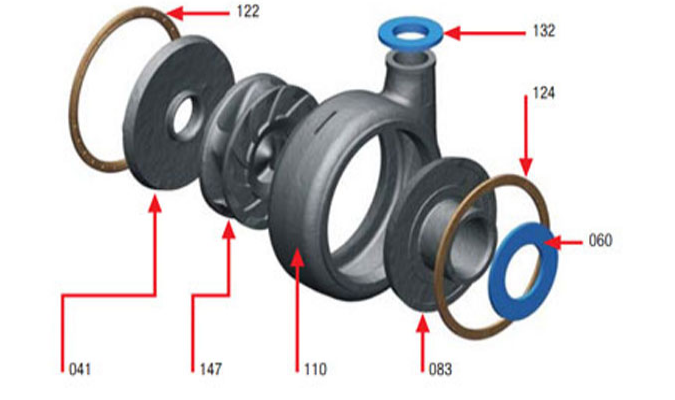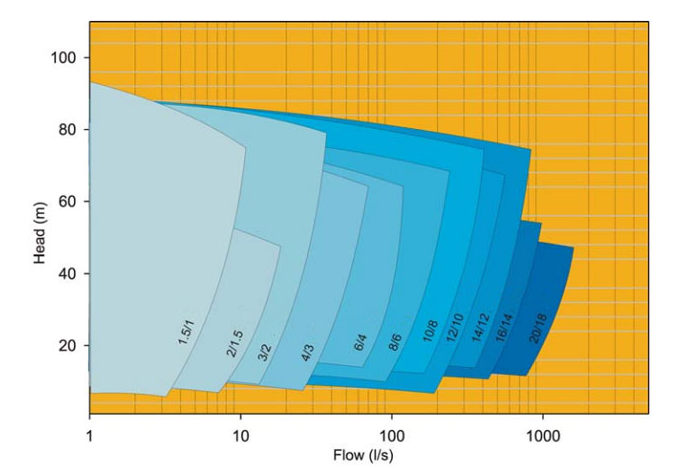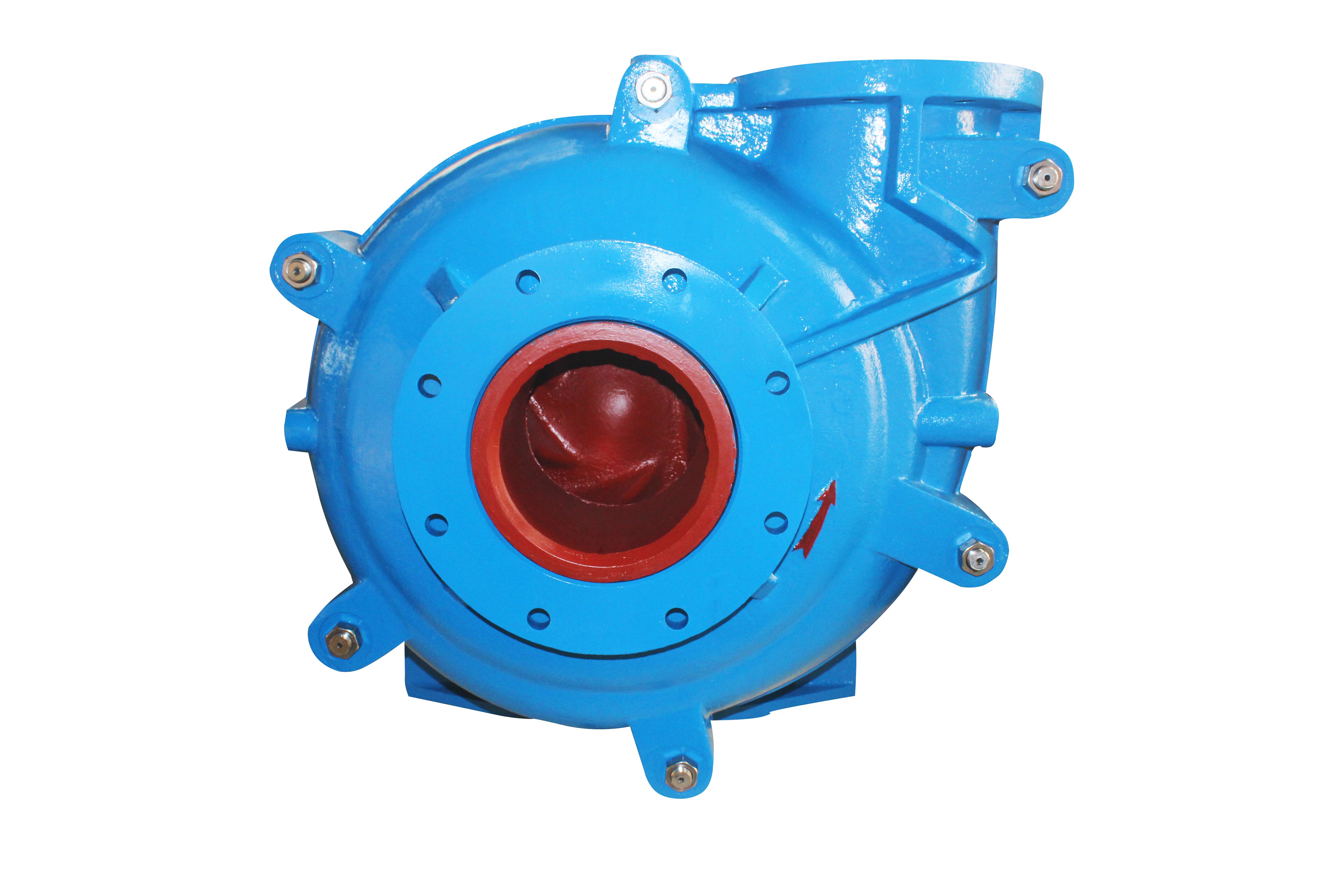The Minister of Science and Technology Wan Gang’s recent speech on the development of hydrogen fuel cell vehicles has drawn wide attention in the industry. He said at the international seminar entitled "Future Travel - Hydrogen Fuel Cell and Intelligent Vehicle Technology" that hydrogen fuel cells currently meet the requirements of vehicle use in terms of life, reliability and performance. China has initially mastered the relevant core. Technology, basically established a fuel cell vehicle power system technology platform with independent intellectual property rights. In the future, we must strengthen collaborative innovation and accelerate the comprehensive development of the hydrogen fuel cell industry. It is not difficult for people to interpret the important trend of the development of China's new energy vehicles from Wan Gang's speech, that is, hydrogen fuel cell vehicles will become an important development direction.
As a scholar-type official, Wangang is an authoritative expert in the automotive field. At the beginning of this century, he served as the chief scientist and chief team leader of the national "863" plan electric vehicle. He also assumed the most technical skills in the project as the first project leader. A complex, most arduous fuel cell car project. It is precisely because of the deep understanding of fuel cells, especially hydrogen fuel cells, Wangang has reminded the industry to develop pure electric vehicles and hybrid vehicles on several occasions, and also attaches great importance to the research and development of hydrogen fuel cell vehicles.
Reflecting the hidden development problems of green concepts
A fuel cell is a power generation device that directly converts chemical energy present in a fuel and an oxidant into electrical energy. Fu Tiantian of the 18th Research Institute of China Electronics Technology Group Co., Ltd. said that the concept of fuel cell was first proposed by the British Welsh scientist Grove in 1839. Fuel and air are fed into the fuel cell separately, and electricity is produced. It looks like a positive and negative electrode and electrolyte, like a battery, but in essence it can't "storage electricity" but a "power plant."
A hydrogen fuel cell is a battery that uses hydrogen to make energy. The basic principle of power generation is the reverse reaction of electrolyzed water, and its products are electricity and water. The specific reaction process is: the hydrogen on the anode of the battery is decomposed into protons and electrons by the catalyst, the positively charged protons pass through the membrane to the cathode, and the electrons with negative charges are operated in an external circuit to generate electric energy; Oxygen ions react with electrons and protons under the action of a catalyst to form water. By a large number of fuel cells connected in series like this, the battery pack can generate enough electric energy to drive the car. The difference between a hydrogen fuel cell and an ordinary battery is mainly that a dry battery and a battery are an energy storage device that stores electrical energy and releases it when needed; and a hydrogen fuel cell is strictly a chemical energy directly converted into electrical energy. Power generation unit.
It is not difficult to find that hydrogen fuel cells not only have high energy conversion efficiency, but only produce water and heat, have no pollution to the environment, are environmentally friendly, and have no vibration, low noise and long service life. At the same time, the hydrogen fuel used in fuel cells is widely available, and it can be produced by water decomposition or from renewable energy. Compared with the battery of a pure electric vehicle, the hydrogen fuel cell has a much shorter charging time and is easier to replace. Fu Tiantian also pointed out three major limitations of hydrogen fuel cells: first, the hydrogen storage hydrogen storage technology is complicated and expensive; secondly, the sealing requirements are strict, making the fuel cell engine manufacturing process relatively complicated, difficult to use and maintain; Third, because fuel cells cannot be charged, hydrogen fuel electric vehicles must be equipped with an auxiliary battery system.
  Frow up and catch up to lay the foundation for development
Fu Tiantian said that the world's first available hydrogen fuel cell vehicle was built by General Motors in 1968. The car is based on a van and is loaded with a fuel cell with a maximum power of 150 kilowatts. The cruising range is 200 kilometers. In the 1990s, fuel cell electric vehicle technology received unprecedented attention. The world's major auto manufacturers invested a lot of manpower and material resources to develop fuel cell electric vehicles. At the beginning of the new century, General Motors successively launched two classic hydrogen fuel cell vehicles, Hydrogen No.3 and Sequel. In 2015, Toyota Motor Corporation of Japan officially released its "Future" of the production version of hydrogen fuel cell vehicles, equivalent to the 2.0 engine sedan level, and continued to reach 500 kilometers.
China has also attached great importance to the development of hydrogen fuel cell vehicles and has made outstanding achievements. As early as 1999, Tsinghua University produced the first hydrogen fuel cell sightseeing car in China. In 2001, SAIC Group and the General Motors Corporation joint venture Pan Asia Technology Center developed the "Phoenix" hydrogen fuel cell battery car. During the "10th Five-Year Plan" period, the "863" major project clearly pointed out that it would support the research and development of hydrogen fuel cell vehicles and provide project funding support. During the “Eleventh Five-Year Plan†and “Twelfth Five-Year Plan†period, hydrogen fuel cells were listed as key projects for major projects in energy conservation and new energy vehicles. At the 2008 Beijing Olympic Games and the 2010 Shanghai World Expo, there was a demonstration of fuel cell vehicles. According to statistics, so far, China has researched and developed more than 200 fuel cell vehicles to carry out demonstration operations in various time periods, including fuel cell buses, special vehicles and trucks, and cars.
   Increase collaborative innovation and rush to 100,000 targets
In daily life, we see that the new energy vehicles running on the street are more electric vehicles. They attract our attention with all kinds of cutting-edge shapes, while the hybrid electric vehicles look like traditional cars. Different, but they often enter news reports with constantly refreshing fuel-saving records, which are well known to us. Compared with pure electric vehicles and hybrid vehicles, the popularity of fuel cell vehicles really needs to be improved. The actual development level is also incompatible with the overall layout of China's new energy vehicles, which has one of the three worlds.
In the view of Ouyang Minggao, director of the State Key Laboratory of Automotive Safety and Energy, the fundamental reason for the relatively slow development of hydrogen fuel vehicles is that the core technology has not achieved a breakthrough. He pointed out that the most important and basic technology in hydrogen fuel cell technology is the membrane electrode, which is equivalent to the chip of computer and mobile phone, and the domestic membrane electrode needs to be improved in durability and performance. At present, the life of the domestic membrane electrode can reach 8000 hours, and the best level in the world is more than 10,000 hours, which directly determines the life of the hydrogen fuel cell. Zheng Junsheng, an associate researcher at the Automotive College of Tongji University, pointed out that high battery prices are one of the bottlenecks restricting the development of hydrogen fuel vehicles. He explained that the catalyst for hydrogen fuel cells is platinum-based metals, which are expensive, and although technological advances have greatly reduced the amount of use, they still limit the cost of hydrogen fuel cells. In addition, due to the special difficulties in the storage and transportation of hydrogen, the hydrogenation station has a high cost as an important infrastructure for hydrogen fuel cell vehicles, which limits its promotion.
The natural growth of markets and technologies requires a long-term process. To quickly solve the above-mentioned development problems and win development opportunities, we must give full play to the role of the government as a "visible hand" and give special incentives for fuel cell vehicles. In order to promote the construction of the hydrogen refueling station, at the end of 2014, the Ministry of Finance, the Ministry of Science and Technology and other four ministries and commissions issued a notice to the new fuel cell vehicle hydrogen refueling station that meets the national technical standards and has a daily hydrogenation capacity of not less than 200 kg. Reward 4 million yuan. Less than half a year later, the four ministries and commissions jointly issued a notice to propose that the central government will maintain the subsidy for fuel cell vehicles in the context of the necessary “regression†for other new energy vehicles in 2017-2020.
In order to integrate the power of industry, academia and research, and to overcome the core technology of hydrogen fuel cells, with the support of relevant departments, in January 2014, Tongji University, Tsinghua University and other scientific research institutions and FAW, Dongfeng, SAIC and other enterprises set up China's fuel cell vehicle technology innovation strategy. Alliance, strengthen collaborative innovation.
According to the "Medium and Long-Term Development Plan for the Automotive Industry" released in April 2017, China's fuel cell vehicles will usher in three major time nodes from 2020 to 2030: in 2020, small-scale demonstration applications will be carried out in the public service vehicles sector in specific regions; In 2025, the number of private cars and public service vehicles will be applied in batches, no less than 10,000 vehicles; in 2030, large-scale promotion in private passenger vehicles and large commercial vehicles will be no less than 100,000. It is foreseeable that China's hydrogen fuel cell vehicles are entering the fast lane of development.
1. Naipu AH series centrifugal slurry pumps and spare parts can fully interchange with world famous brand.These pumps are of heavy-duty construction, designed for continuous pumping of highly abrasive and corrosive slurries. They feature a wide choice of replaceable abrasion resistant metal liners and Impellers, which are all interchangeable within a common casting assembly.
Typical Applications---
Minerals Flotation Processing
Electric Factory Coal PreparationCoal Washing
Chemical Medium Processing
Effluent Handling
Sand And Gravel Handling
2.Construction drawing of Naipu AH series Slurry Pump


3.Select chart of Np-AH Series slurry pump

4. Performance parameter of Ah Slurry Pump


AH Metal Horizontal Slurry Pump
AH Horizontal Slurry Pump,AH Metal Horizontal Slurry Pump,AH Metal Horizontal Centrifugal Slurry Pump
Shijiazhuang Naipu Pump Co., Ltd. , https://www.naipu-pump.com
